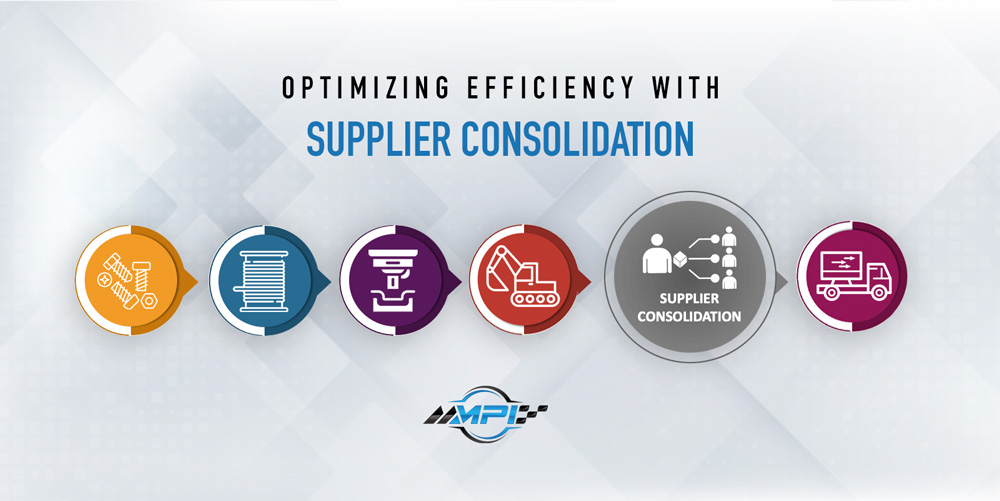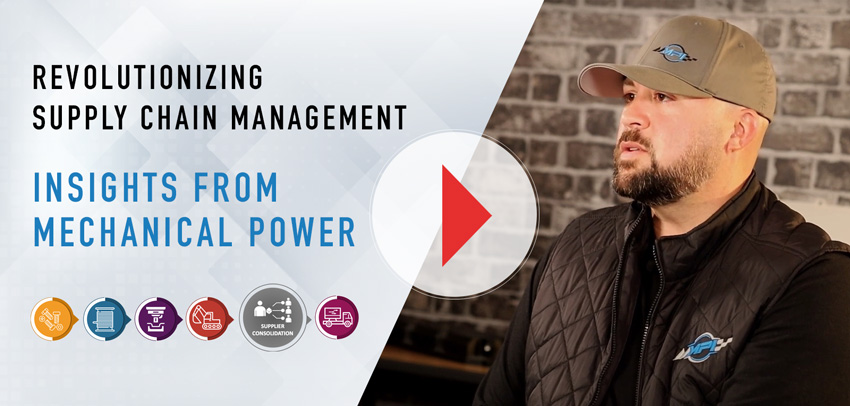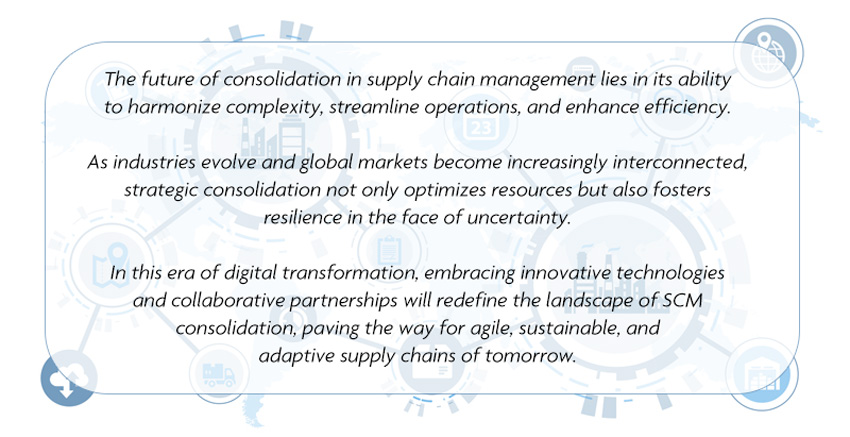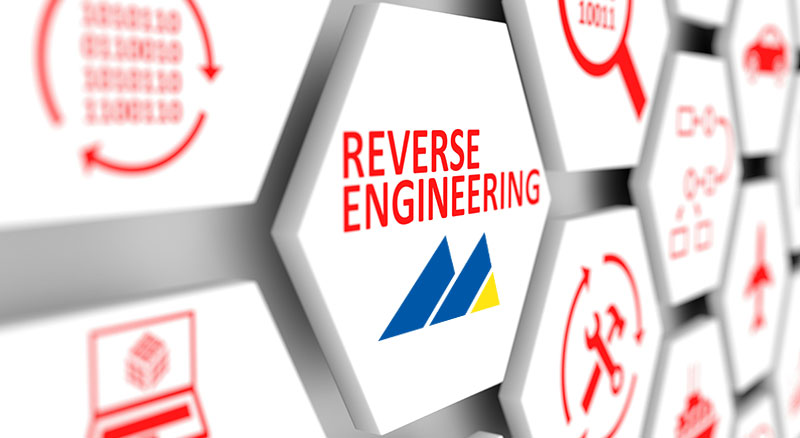In the intricate ballet of supply chain management (SCM), every move counts. At its heart, SCM is about the meticulous orchestration of materials, information, and finances as they flow from supplier to manufacturer to wholesaler to retailer to consumer. Amidst this complex dance, consolidation emerges as a key performer, optimizing operations and steering supply chains toward unprecedented efficiencies.
Understanding Consolidation
At its core, consolidation involves the pooling of various shipments, resources, or suppliers to achieve economies of scale and streamline logistics operations. It can take many forms, from cargo consolidation, where smaller shipments are combined into a single larger shipment, to supplier consolidation, which reduces the number of suppliers to simplify procurement processes.
Consolidation centers play a vital role here. These hubs allow for the collection, sorting, and redistribution of goods in a manner that maximizes transport efficiency while minimizing handling costs. Whether it’s combining multiple small deliveries into a full truckload or assembling diverse products for a specific destination, these centers are the linchpins of effective supply chain consolidation.
Benefits of Consolidation
The advantages of consolidation are manifold. Primarily, it leads to significant cost reductions. By consolidating shipments, businesses can lower their transportation and warehousing expenses, as fewer, fuller loads are cheaper to ship and store than numerous smaller ones.
Efficiency is another major gain. Consolidation streamlines the shipping and handling process, reducing the time and labor involved in moving goods through the supply chain. This not only speeds up delivery times but also enhances the overall reliability of the supply chain.
Furthermore, consolidation can have a positive environmental impact. Fewer shipments mean fewer trucks on the road, which translates into reduced carbon emissions. In an era where sustainability is increasingly becoming a business imperative, consolidation offers a pathway to greener supply chain practices.
Challenges in Consolidation
However, consolidation is not without its challenges. The process adds a layer of complexity to supply chain management, demanding precise coordination of multiple shipments. Timing is crucial; aligning the schedules of various suppliers or transportation modes can be a logistical puzzle.
Risk management is another consideration. Consolidating goods increases the potential risk of damage or loss during transportation. Businesses must weigh these risks against the benefits of consolidation, implementing robust strategies to mitigate potential downsides.
Strategies for Effective Consolidation
To navigate these challenges, companies can employ several strategies. Leveraging technology is crucial; supply chain management software and advanced tracking systems can significantly ease the burden of coordinating consolidated shipments.
Partnerships and collaborations are equally important. Building strong relationships with logistics providers, suppliers, and even competitors can facilitate more efficient consolidation processes. Sharing transportation space or warehousing facilities with others in the industry can lead to mutual benefits in cost savings and efficiency gains.
Lastly, flexibility and adaptability are key. Supply chains are dynamic entities, subject to fluctuations and disruptions. Companies that remain agile, ready to adjust their consolidation strategies in response to changing conditions, are the ones that will thrive.
Case Study: Mechanical Power
A shining example of a company that has mastered the art of consolidation in supply chain management is Mechanical Power. Specializing in the global sourcing and distribution of industrial parts, Mechanical Power has effectively streamlined the procurement process for businesses across various industries, including agriculture, automotive, and industrial manufacturing.
Their approach to supply chain management is comprehensive, handling everything from product sourcing to inventory management, ensuring that their clients receive the right parts, in the right quantities, at the right time. By consolidating suppliers and managing the entire supply chain process, Mechanical Power not only reduces costs for their clients but also significantly cuts down lead times, making supply chains more efficient and reliable.
Furthermore, Mechanical Power’s emphasis on maintaining a transparent and communicative relationship with clients underscores the importance of collaboration in effective supply chain consolidation. Their ability to adapt to the unique needs of each client, coupled with their expertise in managing complex supply chains, showcases the potential benefits of strategic consolidation in industrial parts sourcing and distribution. For more information on their services, visit Mechanical Power.
The Future of Consolidation in SCM
Looking ahead, consolidation will continue to evolve. Emerging technologies like AI, IoT, and blockchain promise to further streamline consolidation processes, offering greater visibility, accuracy, and efficiency. Moreover, as companies increasingly prioritize sustainability, consolidation will be a key tool in reducing the environmental footprint of supply chains.
Conclusion
In conclusion, consolidation is a critical element in the quest for an efficient, cost-effective, and sustainable supply chain. By understanding its benefits and challenges and implementing strategic approaches to maximize its advantages, companies like Mechanical Power significantly enhance their supply chain operations.
As the landscape of SCM continues to evolve, the role of consolidation will undoubtedly expand, offering new opportunities for innovation and improvement. For businesses looking to stay ahead in the fast-paced world of supply chain management, embracing consolidation is not just an option—it’s a necessity.

Resourceful and innovative Marketing Pro, with 20+ years of progressive experience in the marketing and creative technology industry. Responsible for digital and traditional marketing efforts that promotes brand awareness, increases engagement, and drives revenue.




















